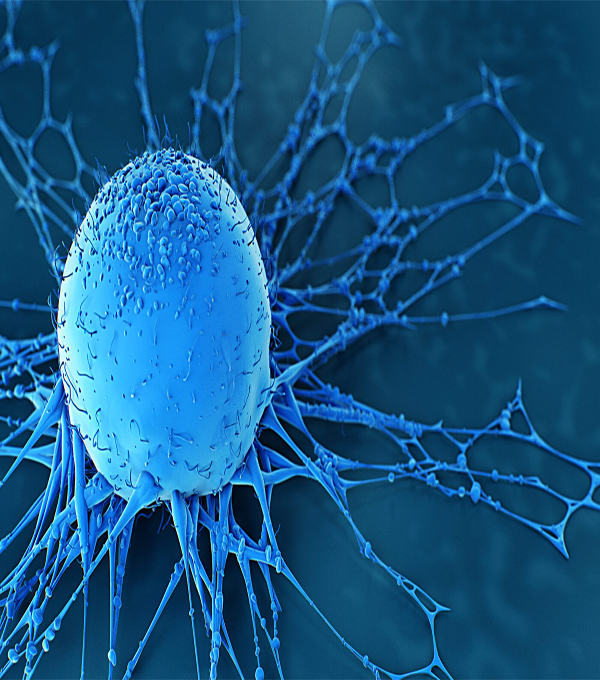Organic Rejuvenation and Anti-Aging Formulations and Supplements
Innovative anti-aging and rejuvenating herbal supplements contain large amounts of flavonoids and polyphenols, whose effects in the anti-aging process, as well as induction of collagen and elastin production, have been confirmed in various reports. Studies have revealed that these substances, together with some antioxidants, reduce the rate of cell aging by playing a role in the signaling pathways of MAPKs and mTORs, and altering the expression of Sirtuin 1 and calcium-dependent MAPKs, serine-threonine kinase 11 (STK11), ACC1, GLUT4, P53, and Autophagy Activation Kinase genes. The supplemental forms are used in topical and oral formulations.
The needs of society, especially the importance of beauty and reducing the signs of aging in women, are key factors in justifying investment in this innovative field.
The existence of potential needs and also more competitive power than other products will be the characteristics of these supplements.
The needs of society, especially the importance of beauty and reducing the signs of aging in women, are key factors in justifying investment in this innovative field.
The existence of potential needs and also more competitive power than other products will be the characteristics of these supplements.
Pharmaceutical Industry Inventions
Many pharmaceutical inventions have been invented by Quatech specialists, scientists, and professors, whose natural raw materials are also produced by Quatech. These medicinal products are all innovative and useful in many fields such as healing ulcers or relieving pain. Being organic, quickly healing deep ulcers, the existence of wide consumer markets, and the possibility of producing different forms for different types of ulcers using new technologies are the most important advantages of investing in these products. Details of all products will be announced on our official website at the appropriate time.
PHARMACEUTICAL MATERIALS
Lyophilized venoms of different species of scorpions, snakes, and bees
Scorpion venom contains various proteins, mucoproteins, peptides, enzymes (e.g., phospholipase A2, metalloproteinase, hyaluronidase, serine protease, L-amino acid oxidase), biogenic amines, salt, and nucleotides. The peptides from this venom have antiepileptic, antifungal, antiparasitic, antiviral, antibacterial, and anticancer properties.
Bee venom that is produced by female worker bees, contains various active ingredients such as enzymes (hyaluronidase and phospholipase A2), peptides (adolapin, mast cell degranulating peptide, apamin, and melittin), amino acids, and volatile compounds. Studies have evaluated the therapeutic effects of bee venom in treating human inflammations, CNS diseases (e.g., ALS, Alzheimer’s, Parkinson’s), etc. Bee venom also has antiviral and anticancer effects.
Snake venom is a complex mixture of several proteins, peptides, enzymes, toxins, and inorganic cations (calcium, potassium, magnesium, zinc, nickel, cobalt, iron, and manganese). Some snake venoms have biological effects such as blood coagulation and regulation, pressure, and transmission of nerve impulses. These venoms are used as diagnostic or pharmacological tools and even medicines. Snake venom has analgesic, anti-cancer, and anti-inflammatory effects and therefore, it is considered a therapeutic agent for various diseases such as stroke, thrombosis, arthritis, cancer, and many other diseases.
Scorpion venom contains various proteins, mucoproteins, peptides, enzymes (e.g., phospholipase A2, metalloproteinase, hyaluronidase, serine protease, L-amino acid oxidase), biogenic amines, salt, and nucleotides. The peptides from this venom have antiepileptic, antifungal, antiparasitic, antiviral, antibacterial, and anticancer properties.
Bee venom that is produced by female worker bees, contains various active ingredients such as enzymes (hyaluronidase and phospholipase A2), peptides (adolapin, mast cell degranulating peptide, apamin, and melittin), amino acids, and volatile compounds. Studies have evaluated the therapeutic effects of bee venom in treating human inflammations, CNS diseases (e.g., ALS, Alzheimer’s, Parkinson’s), etc. Bee venom also has antiviral and anticancer effects.
Snake venom is a complex mixture of several proteins, peptides, enzymes, toxins, and inorganic cations (calcium, potassium, magnesium, zinc, nickel, cobalt, iron, and manganese). Some snake venoms have biological effects such as blood coagulation and regulation, pressure, and transmission of nerve impulses. These venoms are used as diagnostic or pharmacological tools and even medicines. Snake venom has analgesic, anti-cancer, and anti-inflammatory effects and therefore, it is considered a therapeutic agent for various diseases such as stroke, thrombosis, arthritis, cancer, and many other diseases.
OUR MATERIALS
We are supplying all venoms listed below with the highest quality:
IN NEWS















